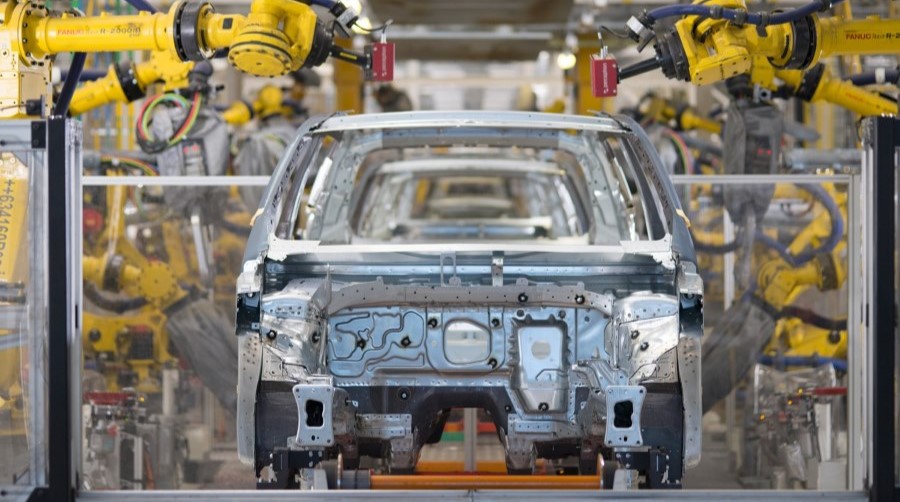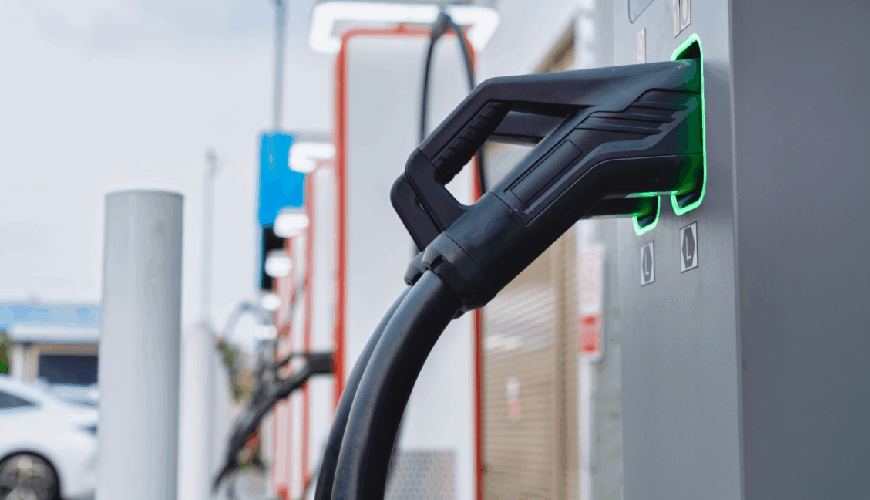As previously announced by the President of the United States, on Saturday 3 May, 25% tariffs came into force on over 100 categories of auto parts imported into the country.
This measure, pushed by the Trump administration under the guise of national security, stems from Presidential Proclamation 10908 issued on 26 March 2025 under Section 232 of the Trade Expansion Act of 1962, and has left the entire North American automotive supply chain on edge.
However, the US President announced over the weekend that auto parts produced under the conditions of the United States-Mexico-Canada Agreement (USMCA) would be exempt—offering temporary relief.
The US Customs and Border Protection (CBP) later clarified that the 25% tariff exemption for Mexican and Canadian auto parts is only temporary.
Tariff Pause Offers Industry Some Breathing Room
According to data from the National Auto Parts Industry (INA), Mexico’s production in 2024 reached $121.693 billion, of which 90% was exported to the United States and Canada, amounting to $106.070 billion.
Mexico’s President, Claudia Sheinbaum, welcomed the agreement: “A CBP publication came out confirming that Mexican auto parts produced in Mexico will have zero tariffs. So this is very good news,” the President said.
She added: “In terms of vehicles and auto parts, preferential treatment has been granted to everything produced under the USMCA.”
“In particular, auto parts continue to be subject to zero tariffs, so that’s our current situation,” she concluded.
It’s worth noting that in the past year, Mexico recorded a strong performance in this sector, growing 1.2% compared to 2023, consolidating its position as a global leader in auto parts exports, according to El Horizonte.
Among the most in-demand components are wiring harnesses, transmissions, engine parts, seats, and suspension systems.
And while the impact will be broad, factories assembling electric and plug-in hybrid vehicles in Mexico may be the most vulnerable.
Auto Parts: The Hit to Shared Value Chains
Under the new resolution, auto parts imported from Mexico or Canada to the US that meet USMCA rules of origin will be exempt from the 25% tariff.
This exemption will last for a minimum of 90 days after the measure’s effective date, or until a process is in place to apply the tariff only to non-US content.
According to INA, Mexico is the fourth-largest auto parts exporter globally and the top supplier to the United States.
The industry represents over $460 billion in North America and maintains a highly integrated supply chain. A single component may cross the border up to eight times before being assembled into a vehicle.
A tariff that increases the cost of these flows would directly affect local production hubs and their role within the USMCA, as analysed by Clúster Industrial.
Electric Vehicles: Brands and Models at Risk
Speaking to Mobility Portal Latin America, Dr Manuel Montoya, General Director of the Nuevo León Automotive Cluster (CLAUT), explained: “In 2024, we exported about 3.5 million vehicles from here, but nearly $100 billion in auto parts.”
“The auto parts industry is even larger for us, and supplies vehicle manufacturers in the United States,” he added. “For them (the US), it’s not profitable to source auto parts from Brazil or Japan. They will continue sourcing from Mexico—and vehicles would become more expensive with these tariffs.”
Manufacturers producing electric or plug-in hybrid models in Mexico for export are particularly exposed. Key players include:
- Ford: produces the Mustang Mach-E in Cuautitlán.
- General Motors: assembles electric models in Ramos Arizpe, Coahuila.
- BMW: manufactures the iX and other electric models in San Luis Potosí.
- JAC Motors: locally assembles electric vehicles for domestic and international markets.
- BYD and MG Motor: have recently begun regional production and distribution strategies.
These operations rely heavily on electronic components, batteries, transmissions, and semiconductors—all included in the list of products originally slated for tariffs from 3 May and now “hanging by a thread”.
Is Nearshoring at Risk?
The postponed introduction of the tariffs comes at a contradictory time. On one hand, Mexico has launched the “Mexico Plan”, offering tax incentives for e-mobility investments, allowing for an 86% deduction on electric vehicle-related investments through 2026.
This package aims to position the country as a regional leader in clean mobility and attract global capital.
On the other hand, signals from the US could dampen the nearshoring momentum that had been steadily building.
Companies like Stellantis have already announced production pauses at their Saltillo and Toluca plants due to the tariff situation.
Despite the hostile environment, Mexico maintains a key competitive advantage: its labour costs.
While automotive workers in the US earn between $25 and $30 per hour, in Mexico the average is around $8.
This difference, combined with industrial experience, infrastructure, and trade agreements, means companies are not yet considering a major exit.
READ MORE
-
Alicante renueva flota policial con 27 nuevos vehículos SUV híbridos por casi 2 millones
El Ayuntamiento licita un contrato de leasing con opción a compra para reforzar la movilidad de la Policía Local, en una apuesta continua por la modernización del cuerpo.
-
From Poland to Norway: 6 CPOs and an XPeng G6 crossing 5 countries
Agata Rzędowska, CharIN Ambassador, shares first-hand with Mobility Portal Europe the journey she undertook across Poland, Sweden, Norway, Denmark and Germany. The goal? To keep debunking myths about the current state of e-mobility. What lessons were learned – and what still needs improvement?
-
Half of Italy’s motorway service areas have EV chargers – which ones are still uncovered?
Across the motorway network, the number of charging points has reached 1,159. This marks a significant increase compared to the 963 active points in June 2024. However, much still needs to be done to improve network coverage, especially in the south. Which regions have the most chargers – and which have the fewest?









